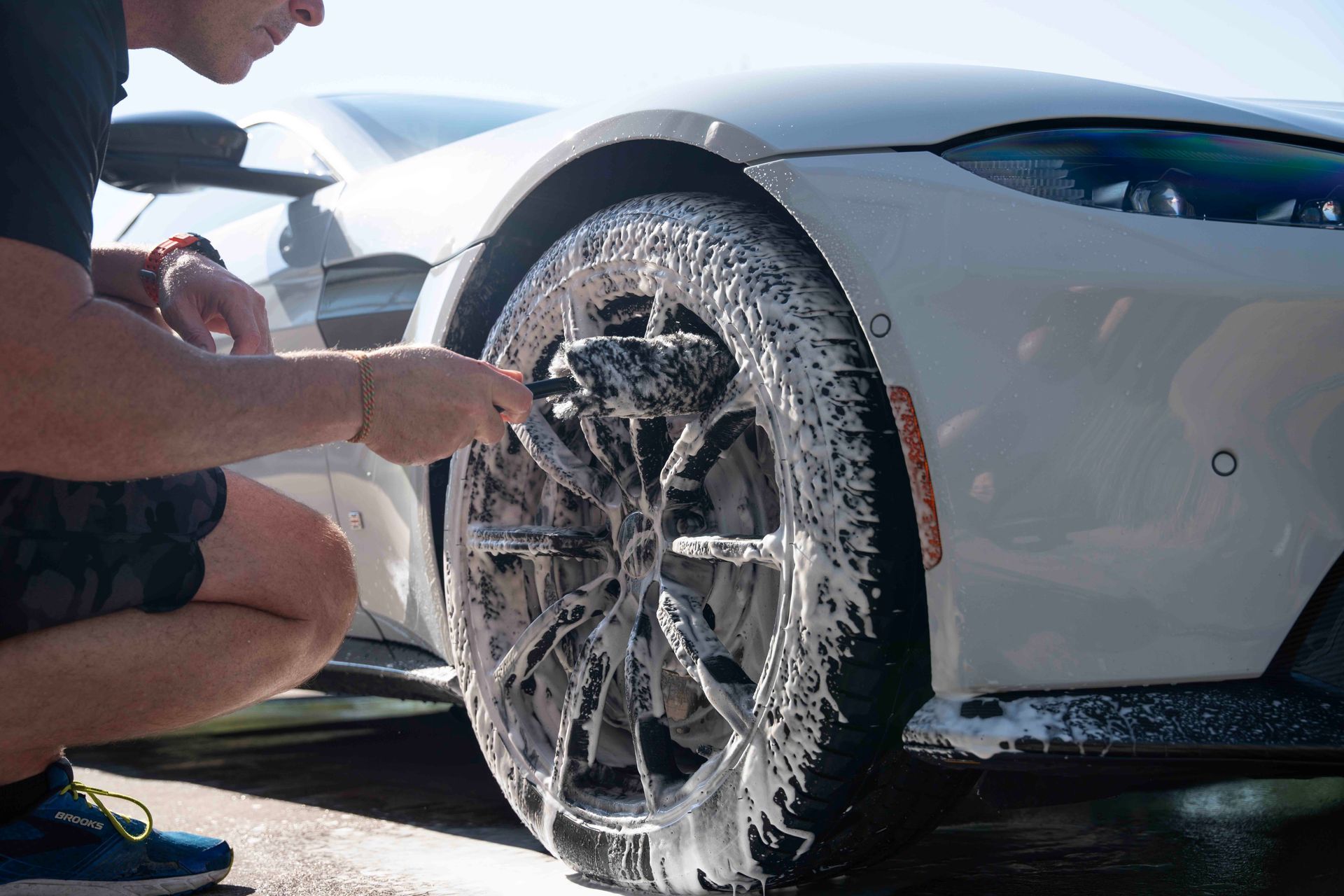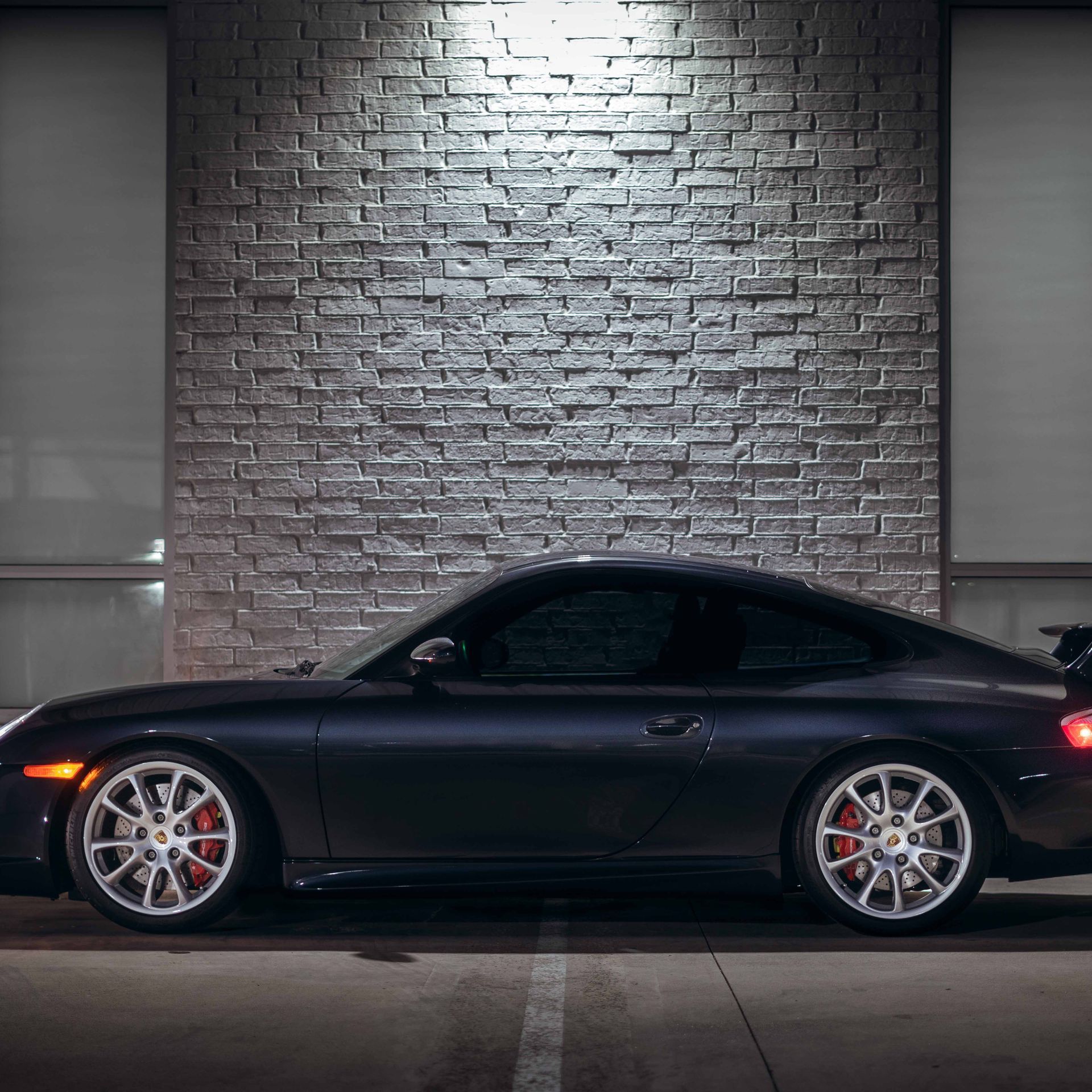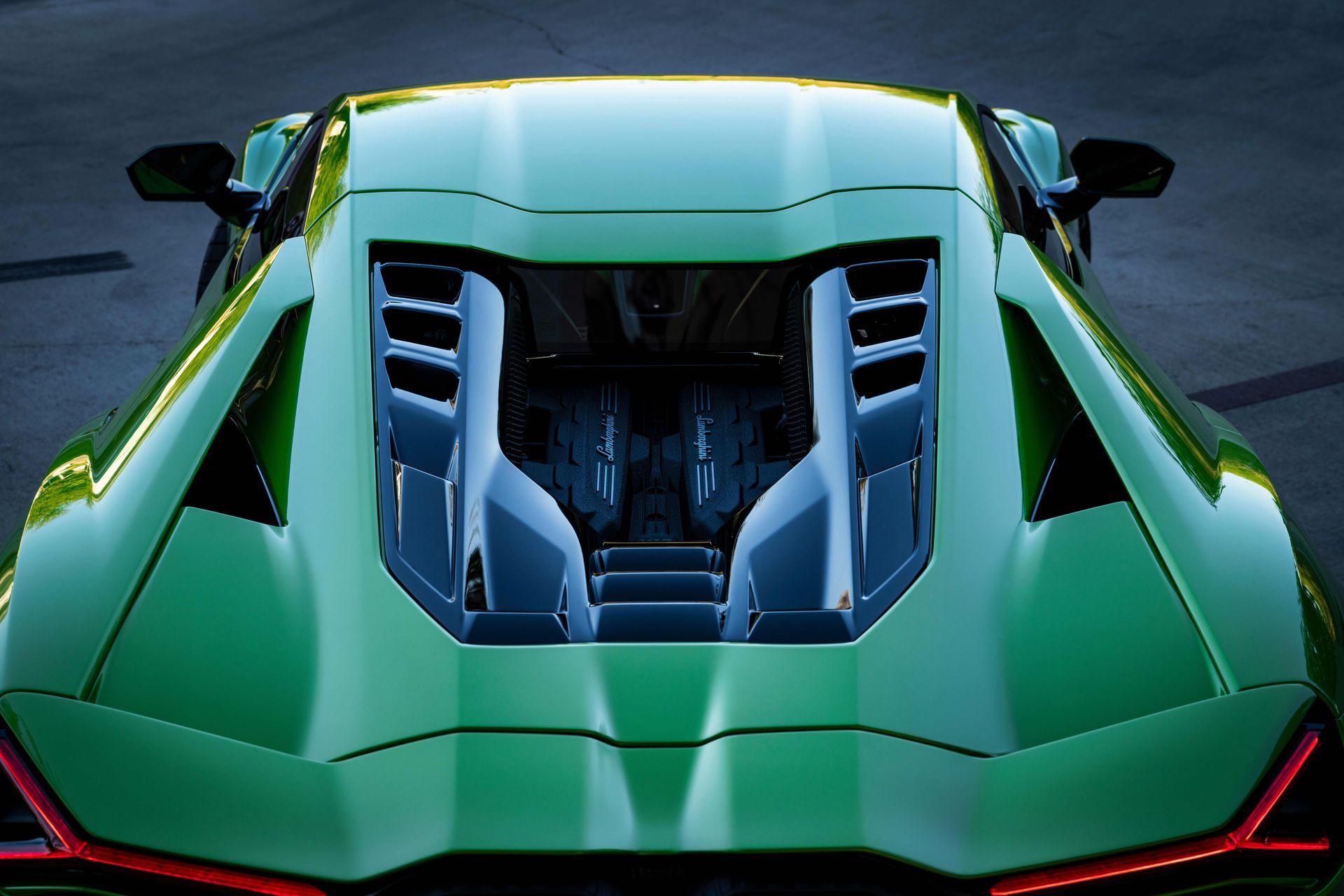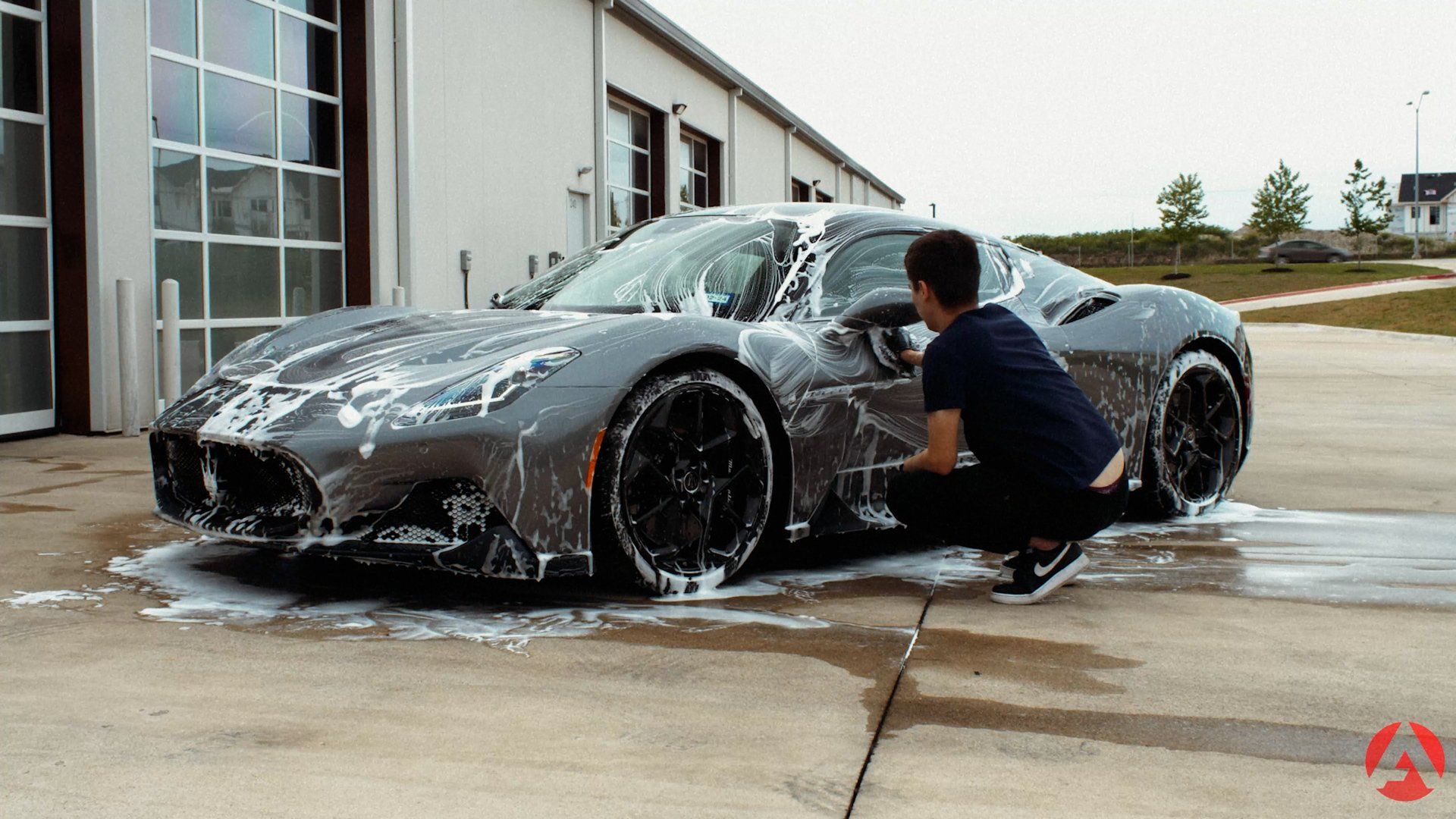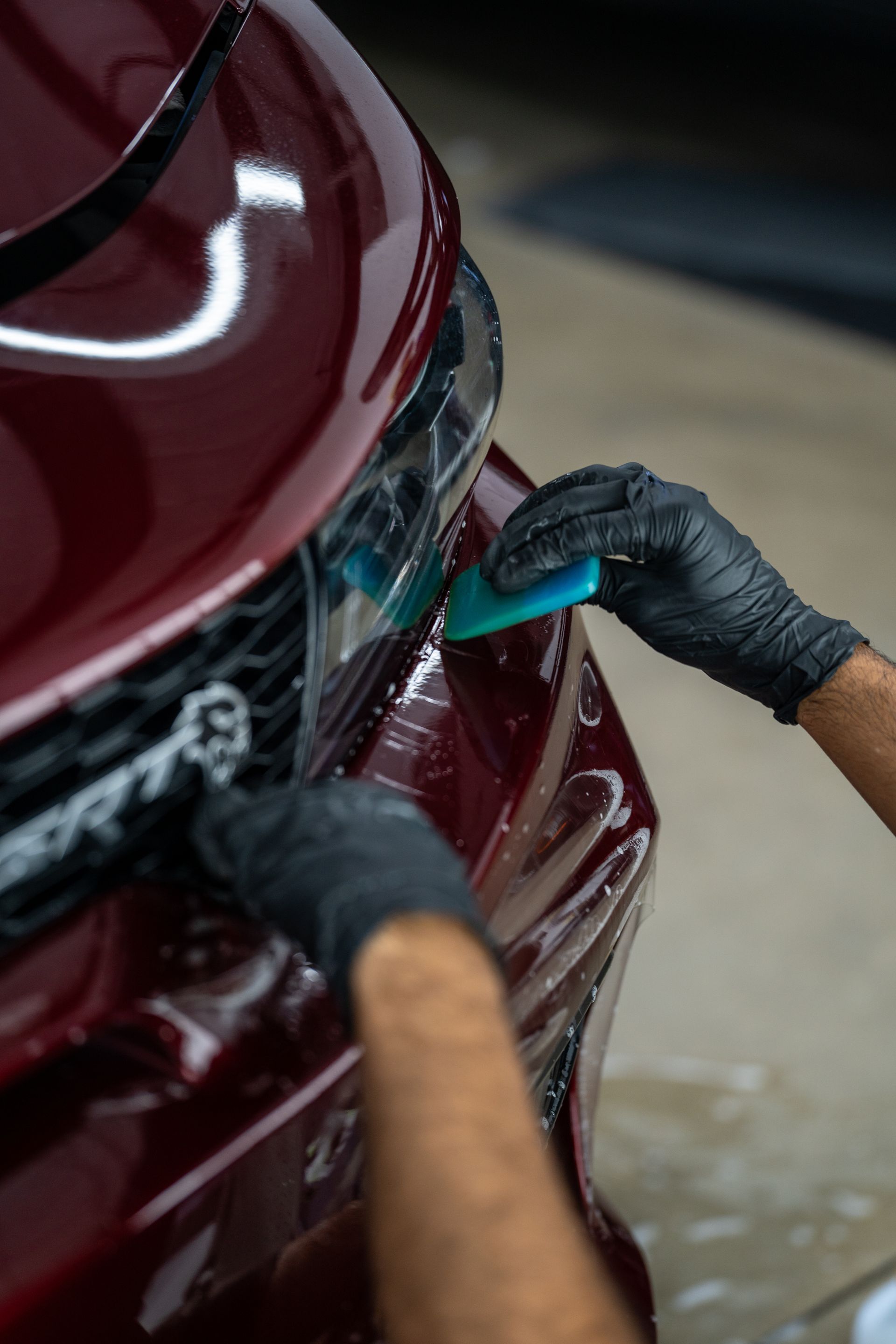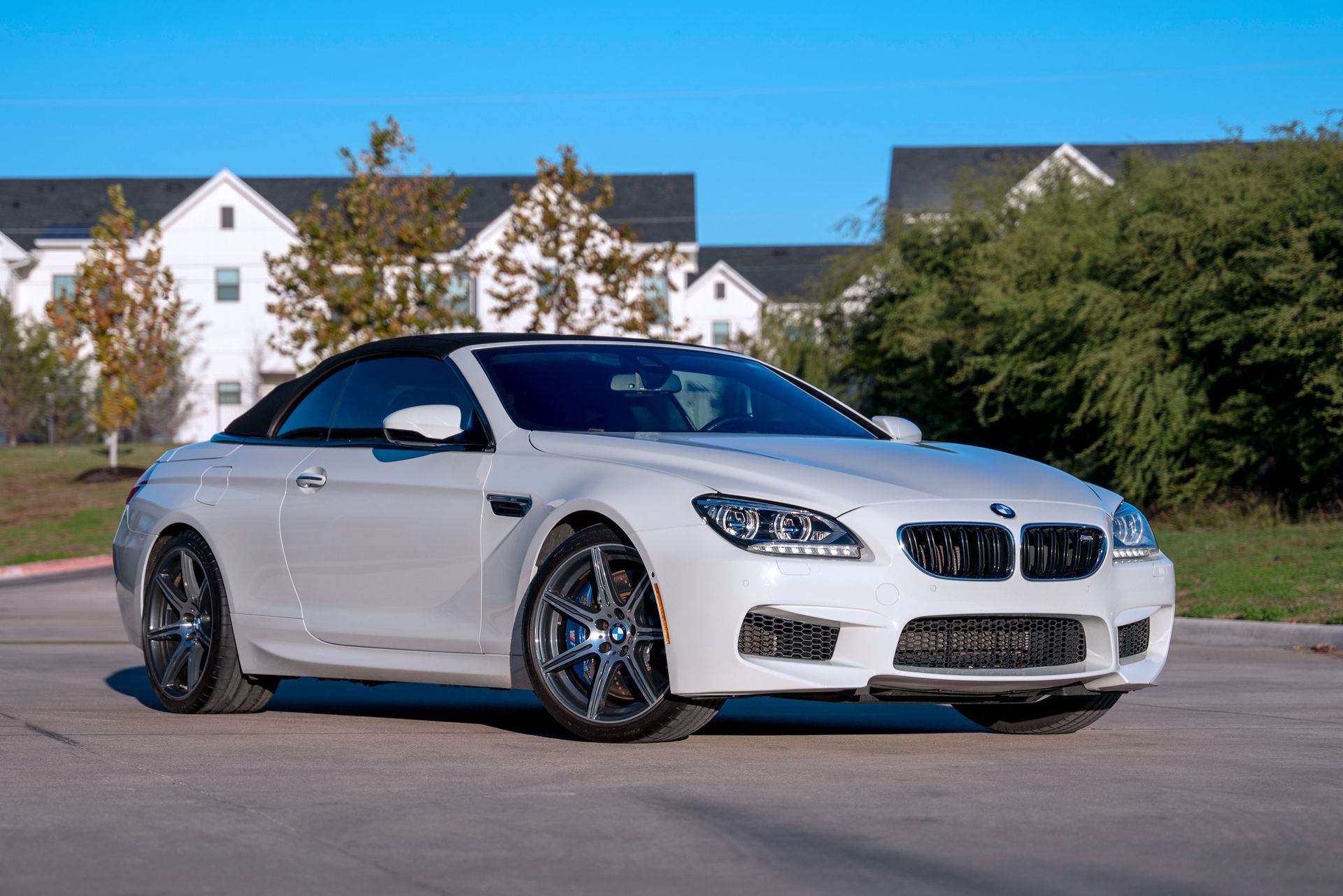The Role of Window Tint in Temperature Regulation for EVs
CALL (512) 296-0183
GET A QUOTE TODAY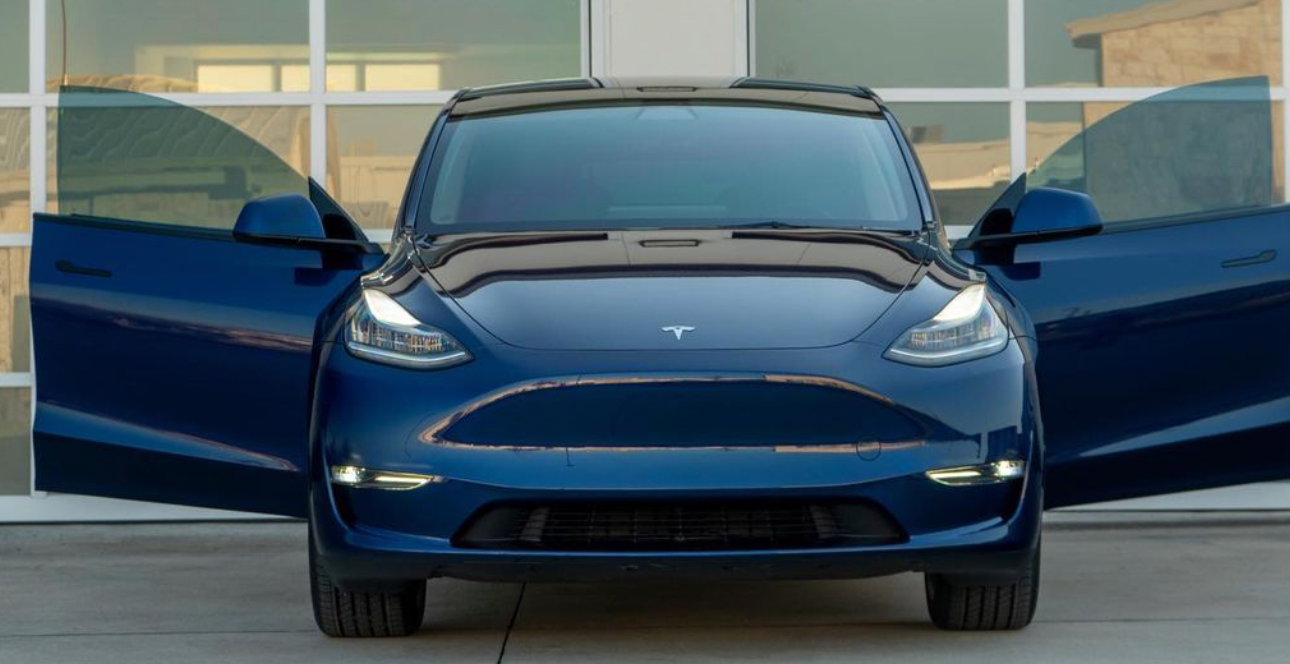
As Electric Vehicles (EVs) gain mainstream popularity, so does the need to increase their efficiency and comfort. Window tinting is an often-overlooked yet vital part of this optimization. Unlike conventional vehicles, EVs rely significantly on battery power for all functions, including climate control. Window tinting not only improves the sleek design of these modern marvels, but it also plays an important part in maintaining interior temperatures.
Advanced tinting options can help prolong driving range and battery life by reducing solar heat gain and the need for excessive air cooling, as well as providing a more comfortable ride for occupants. In this article, we will look at the substantial benefits of window tinting for EVs, emphasizing how this simple yet effective technology contributes to a greener, more efficient future of transportation.
Benefits of Window Tint for Electric Vehicles
Picture this: You're cruising down the road in your sleek electric vehicle, soaking up the sun. But wait, that sun can bring some serious heat with it. This is where window tint comes in to save the day.
Window tinting acts as a shield, deterring intense infrared heat from the sun. It's like putting on those cool sunglasses on a bright day; it moderates the internal temperature of your electric vehicle, ensuring it doesn't get too hot and stuffy inside. Let's break down the main advantages here:
- Temperature Moderation:
With a window tint, say goodbye to the sun's scorching heat. The film keeps the interior cooler, providing a comfortable environment and reducing the need for excessive use of air conditioning, which drains battery life.
- UV Protection: In addition to temperature regulation, window tint films block harmful UV rays by a staggering 99%. This prevents sunburn and damage to vehicle surfaces like the dashboard, seats, and other materials during long rides.
UV Radiation: How Window Tint Blocks It
When it comes to safeguarding your electric vehicle (EV) and its occupants from harmful UV radiation, window tint plays a pivotal role. On average, high-quality window tints can block up to 99% of UV radiation—a significant level of protection that contributes to the well-being of both the car and its passengers.
Different types of window tints offer varying levels of UV protection, with ceramic tints providing higher UV protection compared to dyed tints. This enhanced UV protection not only contributes to regulating the interior temperature within an electric vehicle but also significantly reduces the risk of health issues associated with prolonged exposure to UV rays.
Window tinting protects your car's interior from UV rays, just as it shields your skin from their harmful effects. This protective layer doesn't just prevent immediate damage; it provides long-term benefits by preventing the fading of interior surfaces such as upholstery and dashboards.
For those seeking optimal protection against UV exposure, it is advisable to opt for higher-quality window tint films, such as XPEL Window Tint Films, which are highly recommended for their enhanced UV protection capabilities.
This blocking of UV radiation is not just about maintaining the aesthetic appeal of your EV's interior—it also directly impacts energy efficiency and temperature regulation. By reducing the amount of UV radiation that enters the vehicle, window tinting lessens heat buildup inside, thereby contributing to improved temperature control.
In practical terms, this means that window tinting helps reduce the workload on your EV’s cooling system, saving energy and extending the driving range. Clearly, window tinting's advantages for UV protection go far beyond aesthetics and are a crucial component of temperature control for electric vehicles.
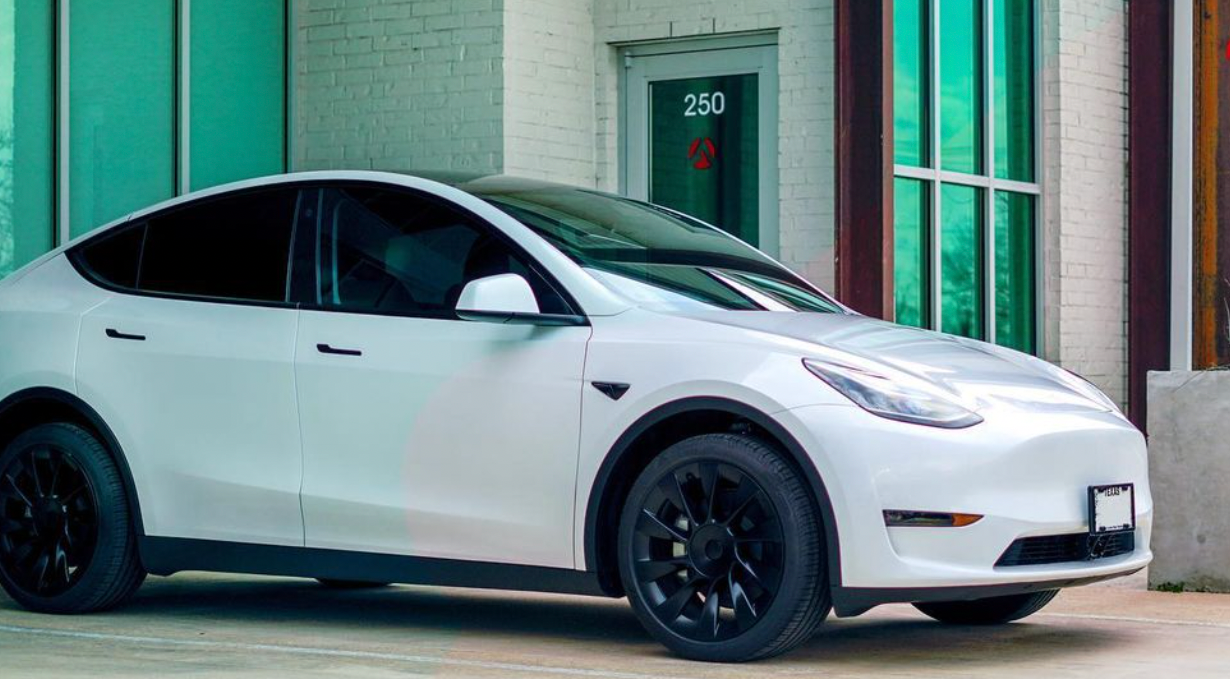
The Role of Window Tint in Heat Reduction
Window tinting isn't just for maintaining privacy or achieving a sleek appearance on your electric vehicle; it's also an efficient way to manage heat. The inside of your car can rapidly become extremely hot if you park it in the direct sun. But with the right window tint, you can significantly reduce this problem and create a more comfortable environment for you and your passengers.
Imagine getting into your electric car after a hot day. A wave of intense heat greets you as you open the door. This is where window tinting plays a crucial role. By obstructing the entry of solar heat, it helps keep the interior temperature down, providing a more comfortable space for everyone inside.
Solar energy cannot penetrate through the glass because window tint films block and reflect it. This means that even during scorching days, your vehicle's interior temperature remains more bearable than it would without window tinting. Essentially, it acts as a protective shield against the sun's relentless heat, ensuring that the cabin doesn't turn into an oven when parked in direct sunlight.
Beyond just comfort, this benefit indirectly contributes to enhancing the overall driving experience and safety. Prolonged exposure to high temperatures can impact electronic components and battery performance in electric vehicles. Window tinting helps to maintain a constant driving range and enhances battery performance by lowering the amount of heat that enters the cabin.
Window Tint and EV Efficiency
In the realm of electric vehicles (EVs), maximizing energy efficiency is crucial to extending driving range and reducing the need for frequent charging. Window tint plays a significant role in this, offering a practical solution to regulate the vehicle's interior temperature. Applying window tint reduces the intense heat from sunlight, thereby moderating the temperature inside the car. Consequently, there is less reliance on active climate control systems, allowing the vehicle's battery to primarily focus on powering the driving range.
Simply put, window tint keeps the interior of an electric vehicle cooler, saving the energy that the climate control system would have used to cool the car for other essential tasks like driving!
Imagine that you're taking a road trip in your EV. As you drive under the scorching sun, the interior temperature starts to soar. Without window tint, your first instinct would be to crank up the air conditioning to stay comfortable. However, window tint plays a crucial role by reducing the amount of trapped heat, thereby reducing the stress on your climate control system. This means that more energy is available for propelling your vehicle forward, reducing the frequency of charging stops and ultimately enhancing the overall efficiency of your EV.
With a better understanding of how window tint positively impacts EV efficiency, it's clear that this simple addition can lead to extended driving range, reduced reliance on climate control, and an overall more efficient operation of electric vehicles.
Visible Light Transmission Factors
Visible Light Transmission (VLT) is a crucial factor to consider when selecting window tint for electric vehicles. It refers to the amount of visible light that can pass through the tinted windows, determining the darkness or lightness of the window tint from both inside and outside the vehicle.
Different types of window tint offer varying levels of VLT, classified as follows:
| Types of Window Tint | VLT Range |
|---|---|
| Standard window tint | 5–50% visible light transmission |
| Ceramic window tinting | 30–50% visible light transmission |
The selected VLT level for an electric vehicle should strike a balance between maintaining desired privacy, reducing glare, controlling heat gain, and ensuring compliance with local regulations. For example, in regions with stringent VLT limits, it's crucial to choose a window tint that meets these specifications while fulfilling preferences for UV and heat protection.
Compliance with Legal Requirements
The regulations governing VLT levels permitted on vehicle windows vary across states and countries. States in the United States enforce VLT regulations, which can significantly differ. Some states allow very dark tints, while others uphold stricter limits to maintain visibility for law enforcement and overall road safety.
Before choosing a window tint for your electric vehicle, familiarize yourself with specific VLT laws in your region to comply with legal requirements while benefiting from enhanced UV protection and temperature control.
Glare Protection through Window Tint
Window tinting serves as sunglasses for your vehicle; it reduces the blinding glare from outside sources by blocking some of the intense light. This helps create a more comfortable environment for both the driver and passengers, especially during sunny days or nighttime drives with headlight glare.
Importantly, reducing glare ultimately contributes to improved road safety. By diminishing the impact of bright sunlight and headlights, window tinting can help mitigate visual discomfort for the driver and passengers. Furthermore, it not only improves safety by increasing visibility, but it also creates a more enjoyable overall driving experience.
Furthermore, reducing glare means less distraction and strain on the eyes, allowing you to focus better on the road ahead, making you a safer driver. Furthermore, improved comfort in the vehicle can help reduce fatigue during long journeys.
Reduced glare leads to increased safety and comfort on the road. Window tinting proves to be an essential feature in optimizing the driving experience for electric vehicle owners.
At Authentic Details, we prioritize your safety and pleasure with every window tinting job. Our dedication to you includes assuring compliance with Texas' window tint requirements. Our expert installation staff is well-versed in these standards and will ensure that your tinting complies with all legal requirements.
In Texas, this involves allowing at least 25% of visible light to pass through the front side windows and following specific windshield tinting rules. Whether you have questions about tint darkness or reflectiveness, our team is here to help. Contact us at (512) 296-0183 today to find out how our window tinting services can improve your EV's comfort and compliance with local regulations.
CALL (512) 296-0183



